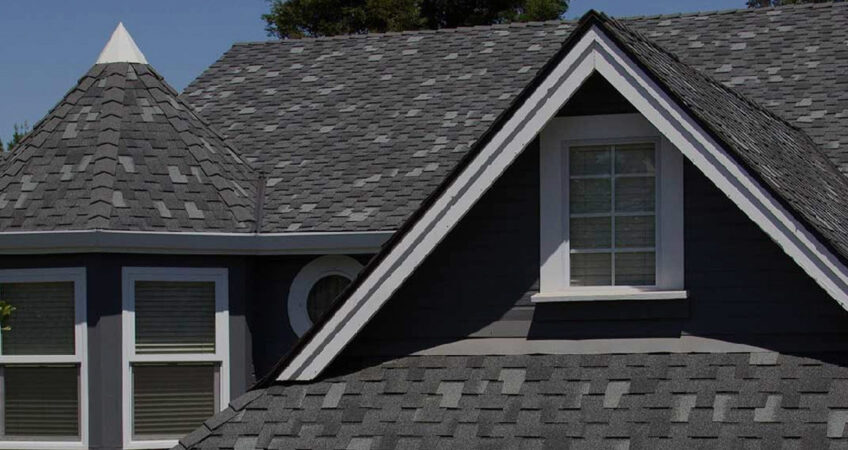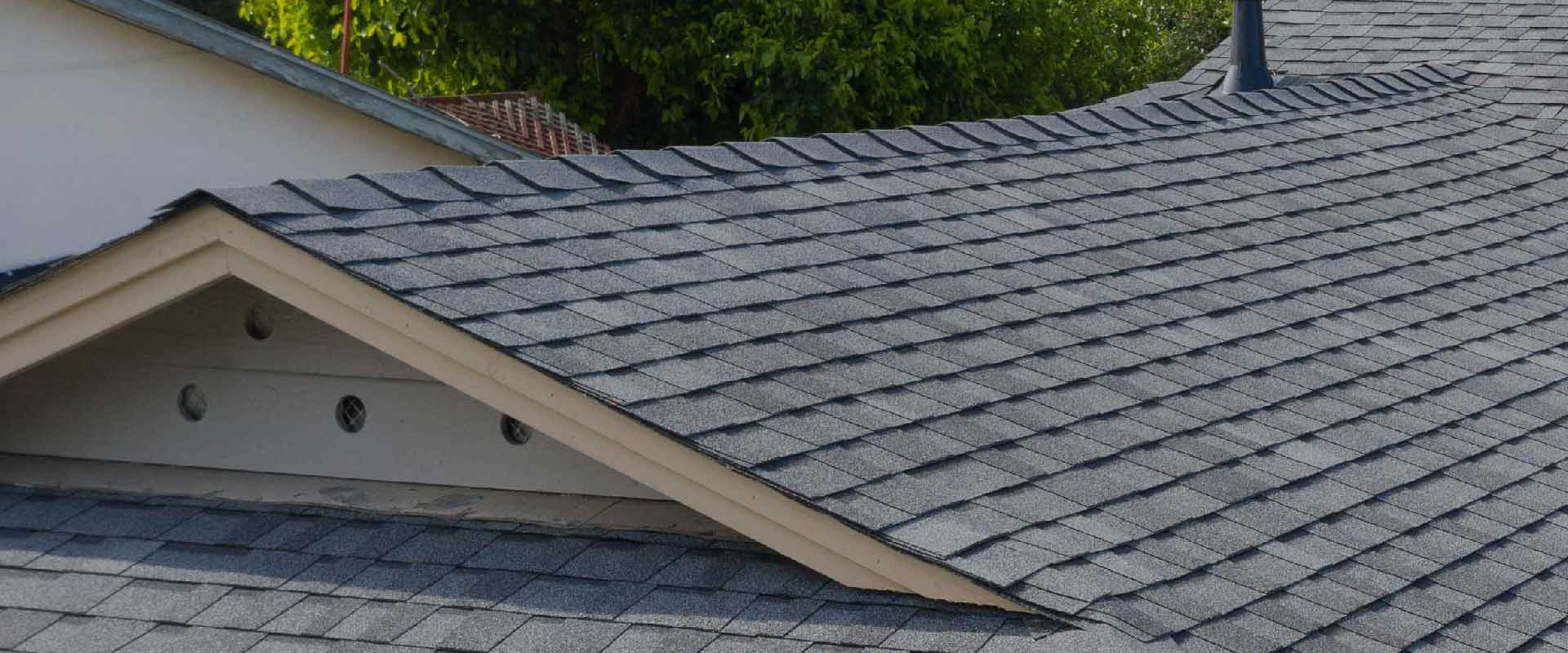The Rich and Interesting History of Roofing

Cascade Roofing Portland, your trusted roofing company serving Portland, Oregon, takes immense pride in the craftsmanship we bring to every project. Roofing is not just a profession for us; it’s a family legacy, and the historical evolution of roofing captivates our interest.
Throughout the centuries, diverse materials and techniques have been employed to roof homes, each mirroring the cultural and technological milieu of its time. From the simplicity of thatched reeds to the innovation of solar panels, the history of roofing is a tapestry woven with rich threads of human ingenuity and necessity.
The Earliest Roofs
Our journey through the history of roofing begins with the ancients. Thatched reeds or grasses formed the earliest roofs, shielding homes from the elements. This practice was embraced by civilizations such as the Egyptians, Greeks, and Romans, showcasing the universal need for effective insulation and protection from the elements. Thatching persisted as a popular roofing method in rural England until the 19th century, emphasizing its enduring efficacy.
Clay tiles also made their mark on early roofing practices, finding roots in the ancient civilizations of Mesopotamia and the Indus Valley. Crafted by molding and firing clay into a resilient, water-resistant form, these tiles often accompanied wooden beams and rafters for added structural support. The medieval period witnessed the widespread use of clay tiles throughout Europe, and their popularity endures, especially in regions with a Mediterranean climate.
Medieval Times
In the medieval era, wooden shingles emerged as a groundbreaking innovation in roofing, particularly in regions blessed with abundant timber resources. These shingles, meticulously crafted from split pieces of wood, revolutionized the roofing landscape by providing a seamless and protective surface for homes. These wooden shingles were often employed in conjunction with thatch or other materials, showcasing a blend of functionality and aesthetic consideration.
However, the 19th century marked a pivotal turning point for roofing practices. The advent of mass production techniques during this era initiated a significant shift in the construction industry. While wooden shingles had long been valued for their effectiveness, the demand for more durable and weather-resistant materials became paramount.
This transition was not merely practical; it mirrored the broader societal move toward industrialization and embracing cutting-edge technologies that promised enhanced resilience and longevity in roofing materials. The decline of wooden shingles, once a hallmark of medieval roofing, symbolized a transition into an era where efficiency and durability took center stage in construction practices.
The Industrial Revolution
The 19th-century Industrial Revolution ushered in a transformative era for the roofing industry, reshaping traditional practices and introducing materials that would redefine the efficiency and economics of roofing.
With the advent of iron and steel for construction purposes, the structural landscape of roofs underwent a significant evolution. This period also witnessed the emergence of groundbreaking materials, including asphalt shingles and corrugated metal panels, which would leave an indelible mark on roofing practices.
Asphalt shingles emerged as a standout choice among these materials, driven by their distinctive affordability, durability, and ease of installation. This triumvirate of qualities propelled asphalt shingles into the forefront of roofing preferences, securing widespread popularity that endures to this day, particularly in the roofing landscapes of North America.
The durability of asphalt shingles ensured a longevity that resonated with homeowners. At the same time, their cost-effectiveness and straightforward installation further solidified their status as a staple in the ever-evolving tapestry of roofing materials.
The 20th Century
The 20th century ushered in a wave of innovation in roofing materials. Concrete tiles, fiberglass shingles, and synthetic rubber roofing systems emerged, promising enhanced insulation, water resistance, and broader design possibilities. The late 20th century witnessed the advent of spray foam insulation, a game-changer that elevated home insulation and air sealing, enhancing energy efficiency and comfort.
In recent years, a notable trend has emerged—green roofing. This includes integrating environmentally conscious materials and technologies like solar panels and living roofs. Beyond offering sustainability, these systems bring additional benefits, such as reduced energy costs, improved insulation, and the creation of wildlife habitats.
Roofing is a testament to human adaptability and creativity, evolving with each era’s unique demands. At Cascade Roofing Portland, we understand the significance of this evolution. Whether you opt for a traditional roofing system or embrace cutting-edge technology, we are dedicated to assisting you in finding the perfect roof for your home.

If you’re ready to embark on this journey, contact us today to begin the transformation of your shelter into a symbol of history and modernity.
